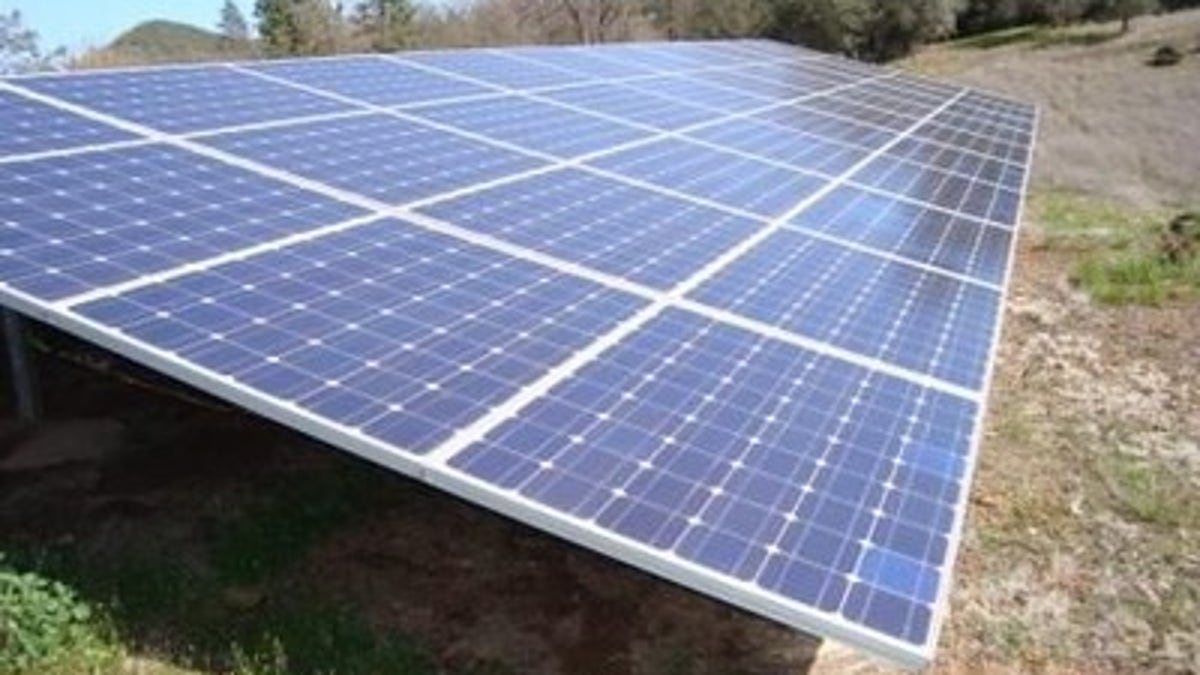
Recycling is one thing, but a composting toilet? That’s when you know you’re taking the going-green trend to its, um, “natural” conclusion.
While many home owners and builders are beginning to make changes to homes to incorporate eco-friendly products and materials, these are just the bud of the going-green trend. To really get the low-down on what the seriously green-minded homeowners can do to help the cause, we’ve rounded up a list of fixes that can be done in a house, whether it was built in 1912 or 2012.
Update your bulbs
You’re going to have to change out your standard incandescent bulbs eventually. This year marked the first stage of phasing out 100-watt incandescent bulbs under the CLEAN Energy Act, but 70-, 60- and 40-watt bulbs are next on the chopping block. Switching to compact fluorescent lights (CFL) or LEDs not only conserves significant electricity, but significant savings as well — more than $57 over the life of the CFL, one report found.
Energy-star appliances
One of the simplest ways to upgrade your home in a green way is to purchase an energy-saving appliance. The best bet is to find one that earns the government’s “Energy Star” rating. The appliances are designed to reduce greenhouse emissions as well as your energy usage over time. Many products can mean tax rebates for your green efforts.
Reuse rain water
The simplest place to reuse rain water? In your garden. By installing an affordable rain barrel that catches runoff from your roof or gutters, you can save enough rain to water your lawn or growing spring garden.
Get geothermal
Even if your home state is plagued by cold winters or blistering hot summers, did you know that below the frost line the ground stays about the same temperature year-round? By tapping into this, you can cool or heat your home in a very eco-friendly way. This isn’t a way to create electricity, but rather reduce the amount of energy you use to maintain your home’s temperature. Installing a geothermal system isn’t cheap (estimates range from $11,000 to $30,000 for a 2,000-sq ft home), but with tax incentives and significant energy bill reductions, the savings are incredible. If you plan on being in your home for a long time, it could be worth it and perhaps add to your home’s re-sale value.
Solar panels
Solar energy has been powering calculators for years, but it’s only recently become more common in homes due to a drop in costs of installing a solar energy system. While powering your home using solar energy still isn’t cheap, it’s one of the few ways a homeowner can “live off the grid” by storing extra energy in batteries. The other option is to continue a connection to the utility grid, buying the power you need and selling the power back when you produce enough on your own.
Reuse gray water
The EPA estimates that an average family of four uses 400 gallons of water every day. While not all that water can be reused, gray water, which is water from your sink, laundry, but not contaminated by waste (i.e., not toilet water) can be recycled. While not as common as some other green home features, gray water recycling systems take the water from your morning shower or from yesterday’s washing machine cycle and filters it for reuse in your toilet or your garden.
Composting toilet
There’s green. Then there’s really green. Even a home completely “off-the-grid” won’t necessarily have a composting toilet, but when installed properly, a composting toilet is the final nod to going green. A composting toilet will break down the waste through natural decomposition — the only thing needed is the right temperature (about 65 degrees) and enough oxygen. However to keep this environment, some key things need to be monitored, which may be more effort than most people are interested in.
Related:
Ice Rink, Yoga Studio and Disco: Over-the-Top Home Amenities
House of the Week: Seattle’s Ballard Big House